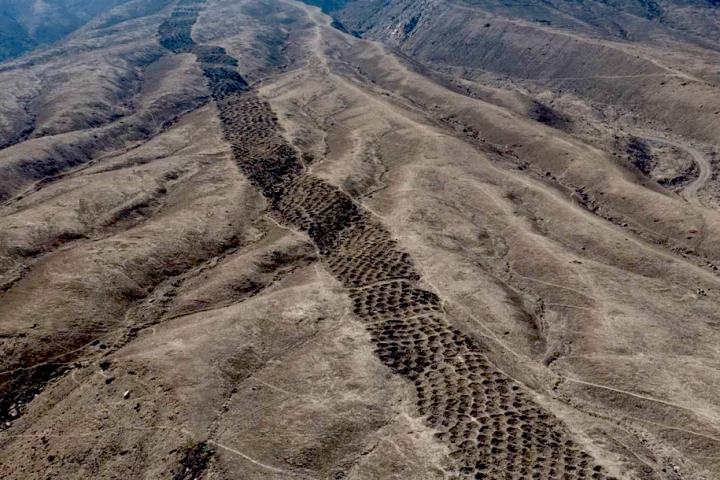Some tiny houses increase living space by going extra wide, others expand in size – either upwards or outwards. However, Romania's Cabini takes the Edelweiss in a novel direction by stacking one tiny house on top of another.
Structurally, the Cabini Edelweiss consists of a support frame made from square metal pipes. This is insulated with a PIR sandwich panel using Rockwool, and finished in a fiber cement facade with wooden detailing. It was built at the firm's headquarters as two separate units before being transported by truck to a picturesque site in Rasca, Valea Fericirii, in Romania.
It measures 36 sq m (387 sq ft), spread over two floors and its interior looks light-filled thanks to floor-to-ceiling glazing, which has integrated blinds for privacy. The furnishings and finish are to a high standard and Cabini has added an audio system by Bang & Olufsen, as well as Schueco aluminum fixtures – though as usual with these types of models, the idea is to work with the client to choose the type of materials and appliances they want.

Much of the ground floor is taken up by a generously proportioned living room with seating and some storage space. Nearby is a kitchen with plenty of cabinet space, a sink, oven, and electric hotplate. The downstairs also contains the bathroom, which is finished in Neolith stone and has a shower, sink, and toilet.
A staircase leads to the upper floor. Most of this is taken up by a bedroom, which frames the view with generous glazing and, unlike most tiny houses, has plenty of room to stand upright. There's also a nice outdoor terrace area outside.
Cabini says that the price of the Edelweiss will vary depending on options chosen (buyers could opt just to have a single-floor unit, for example), but the model pictured costs US$100,000, including furniture and appliances. The firm says worldwide delivery is available and that it can also come as an off-the-grid setup with solar panels.
Source: Cabini











